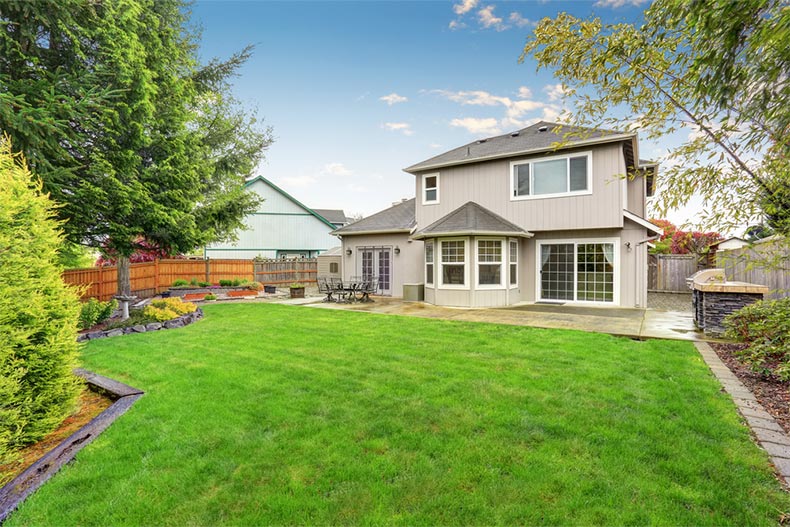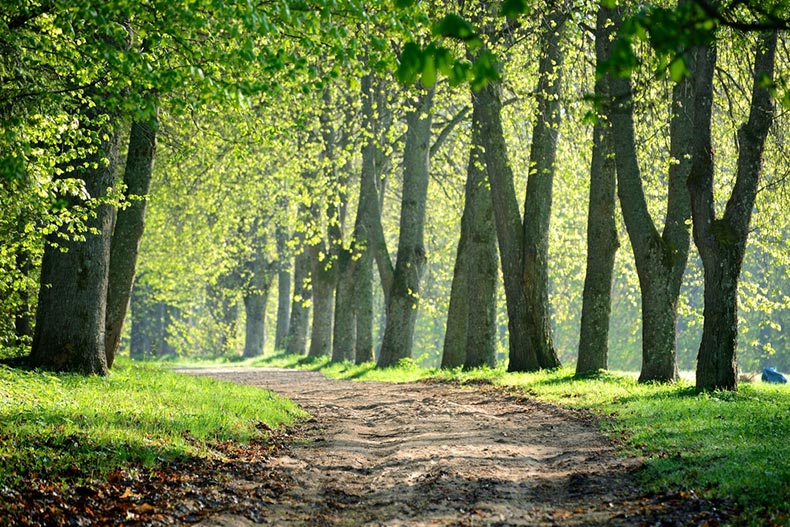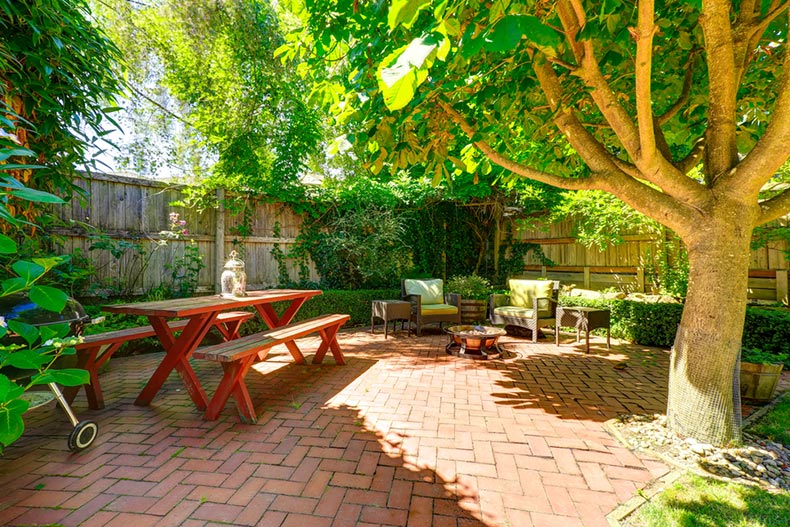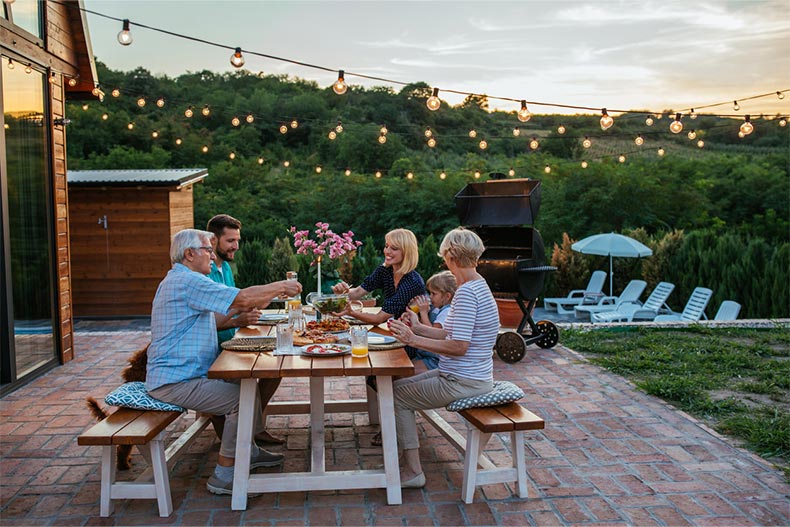Retirement life should be fun-filled, tranquil, and relaxing. As you age gracefully, you want to live well and enjoy the good life. And that may entail moving to the best 55+ community home with excellent amenities like a sizeable backyard.
There’s no doubt that you may have a lot of time on your hands and would like to spend it exploring your hobbies, lifestyle, and physical health. So before moving to your new environment, you should consider the features available at your 55+ community home—particularly—the size of the backyard. If you’re not sure how big your backyard needs to be, don’t worry, as we’ve got you covered.
We’ve prepared this resourceful guide to help you make an informed decision about what size backyard is ideal for your 55+ community home. This article will take you through the different factors that affect the size of your backyard, including:
- Do you plan to buy or rent a 55+ community home?
- How much space do you need to relax and unwind?
- What are your hobbies?
- Are there any special considerations when choosing a 55+ community home?
- Do you plan to host parties or events?
- Is your community close to parks, trails, and other outdoor activities?
- How many pets do you have?
- Do you have children or grandchildren who will visit often?
- What kind of lifestyle do you prefer?
- Which amenities do you value most?
So, if you’d like to learn more about what size backyard you need in your 55+ community home, read on.
1. Do you plan to buy or rent a 55+ community home?

If you’re planning to rent your 55+ community home, you’ll probably only require a small backyard to house a few garden beds and a patio area. However, if you plan to buy your 55+ community home outright, you’ll likely want a larger backyard to provide enough room for a lawn, a swimming pool, and perhaps even a barbecue area.
2. How much space do you need to relax and unwind?

Are you looking for a home that provides plenty of space for relaxing and unwinding? Then you’ll want to look for a property that has a sizable backyard. You could also opt for a 55+ community home with a balcony or terrace, so you can enjoy the outdoors without having to go outside.
3. What are your hobbies?

Depending on the hobbies you enjoy, you may want to find a 55+ home with an enormous backyard. For example, if you love gardening, you’ll want a large yard where you can grow vegetables and flowers. Alternatively, if you love spending time with family and friends, you’ll want something with a spacious backyard where everyone can gather together.
4. Are there special considerations when choosing a 55+ community home?

Whether you’re buying or renting a 55+ community home, it’s essential to consider how you’ll be using your new property. If you plan to live in your home full-time, you’ll probably want a bigger backyard than someone who intends to live there seasonally.
5. Do you plan to host parties or events?

If you plan to host parties or events at your home (whether they’re big or small), then you’ll want a larger backyard, so your guests can spread out comfortably. Likewise, if you plan to entertain frequently, then you’ll want an extra-large backyard so you can fit as many people around the table as possible.
6. Is your community close to parks or trails?

If your 55+ community home is near a park, trail, or other outdoor activities, you may not need a huge backyard. That’s because you can simply walk, jog, ride, or drive to these locations whenever you need to relax or connect with nature. On the other hand, if your home isn’t close to these amenities (or if you don’t have access to them), you’ll definitely want a larger backyard.
7. How many pets do you have?

If you have pets, you’ll want somewhere with a large backyard where you can let them run free. Otherwise, you’ll have to make sure there’s adequate space for their food, water bowls, toys, and other items.
8. Do you have children or grandchildren visiting regularly?

If you have children or grandchildren visiting regularly, then you’ll want more space for them to play. That means choosing a 55+ home with a backyard that is large enough to accommodate all of your visitors. The backyard may also provide sufficient space for you to bond with your loved ones while they’re there.
9. What kind of lifestyle do you prefer?

What kind of lifestyle do you prefer? Do you like to spend most of your time indoors or outdoors? If you’re mostly inside, then you’ll probably prefer a smaller backyard. Conversely, if you like being active and socializing, then you’ll probably select a home where you can enjoy both types of experiences.
10. Which amenities do you value most?

You might also want to think about what kinds of amenities are most important to you when considering the backyard size of your residence. For instance, if you value having a pool or spa, you’ll likely want a larger backyard. However, if you appreciate having easy access to parks, trails, and other outdoor activities, then a smaller backyard will work just fine.
55places Can Help You Find a Home to Match Your Needs
55places has tons of listings in 55+ communities across the U.S. We’ve been helping retirees find great 55+ communities since 2007. Our real estate experts are well-informed, friendly, and trustworthy—and they always keep your best interests in mind.
Whether you’re looking for a retirement community that offers services for older adults, a home that allows you to age in place, or a place where you can live in peace and tranquility, 55places can help you find the perfect 55+ community. Call us today at (800) 928-2055, and we’ll get you to your new home in no time!








